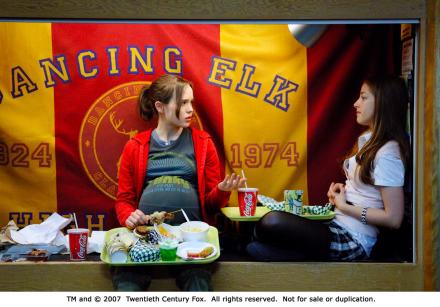
The Buenos Diaries goes literary!
Sorry for the lack of real posts lately, I've been pretty busy, but it's always good to learn about writers and culture and stuff, right?
Here's one of my favorite pieces of writing ever, by
Julio Cortázar.
(English translation below)
Instrucciones para llorar.Dejando de lado los motivos, atengámonos a la manera correcta de llorar, entendiendo por esto un llanto que no ingrese en el escándalo, ni que insulte a la sonrisa con su paralela y torpe semejanza. El llanto medio u ordinario consiste en una contracción general del rostro y un sonido espasmódico acompañado de lágrimas y mocos, estos últimos al final, pues el llanto se acaba en el momento en que uno se suena enérgicamente. Para llorar, dirija la imaginación hacia usted mismo, y si esto le resulta imposible por haber contraído el hábito de creer en el mundo exterior, piense en un pato cubierto de hormigas o en esos golfos del estrecho de Magallanes en los que no entra nadie, nunca. Llegado el llanto, se tapará con decoro el rostro usando ambas manos con la palma hacia adentro. Los niños llorarán con la manga del saco contra la cara, y de preferencia en un rincón del cuarto. Duración media del llanto, tres minutos.
Instructions on how to cry.Putting the reasons for crying aside for the moment, we might concentrate on the correct way to cry, which, be it understood, means a weeping that doesn’t turn into a big commotion nor proves an affront to the smile with its parallel and dull similarity. The average, everyday weeping consists of a general contraction of the face and a spasmodic sound accompanied by tears and mucus, this last toward the end, since the cry ends at the point when one energetically blows one’s nose.
In order to cry, steer the imagination toward yourself, and if this proves impossible owing to having contacted the habit of believing in the exterior world, think of a duck covered with ants or of those gulfs in the Strait of Magellan
into which no one sails ever.
Coming to the weeping itself, cover the face decorously, using both hands, palms inward. Children are to cry with the sleeve of the dress or shirt pressed against the face, preferably in a corner of the room. Average duration of the cry, three minutes.
“Anyone who doesn’t read Cortazar is doomed. Not to read him is a serious invisible disease which in time can have terrible consequences. Something similar to a man who has never tasted peaches. He would quietly become sadder… and, probably, little by little, he would lose his hair.”
-Pablo Neruda
 Picture to the left: whole fresh sushi rolls for 5 to 10 pesos each. Of course we bought some for lunch tomorrow!
Picture to the left: whole fresh sushi rolls for 5 to 10 pesos each. Of course we bought some for lunch tomorrow! The same amazing kitsch you would find in SF Chinatown. We bought paper lanterns and a hideously scary dragonfly plant ornament to act as a scarecrow for the pigeons that congregate on our balcony, but drew the line at a huge golden piggy bank (we wanted it but 35 pesos was just too much.)
The same amazing kitsch you would find in SF Chinatown. We bought paper lanterns and a hideously scary dragonfly plant ornament to act as a scarecrow for the pigeons that congregate on our balcony, but drew the line at a huge golden piggy bank (we wanted it but 35 pesos was just too much.) Newman's Own! 23 pesos for a jar of marinara sauce, that's reasonable...
Newman's Own! 23 pesos for a jar of marinara sauce, that's reasonable...














